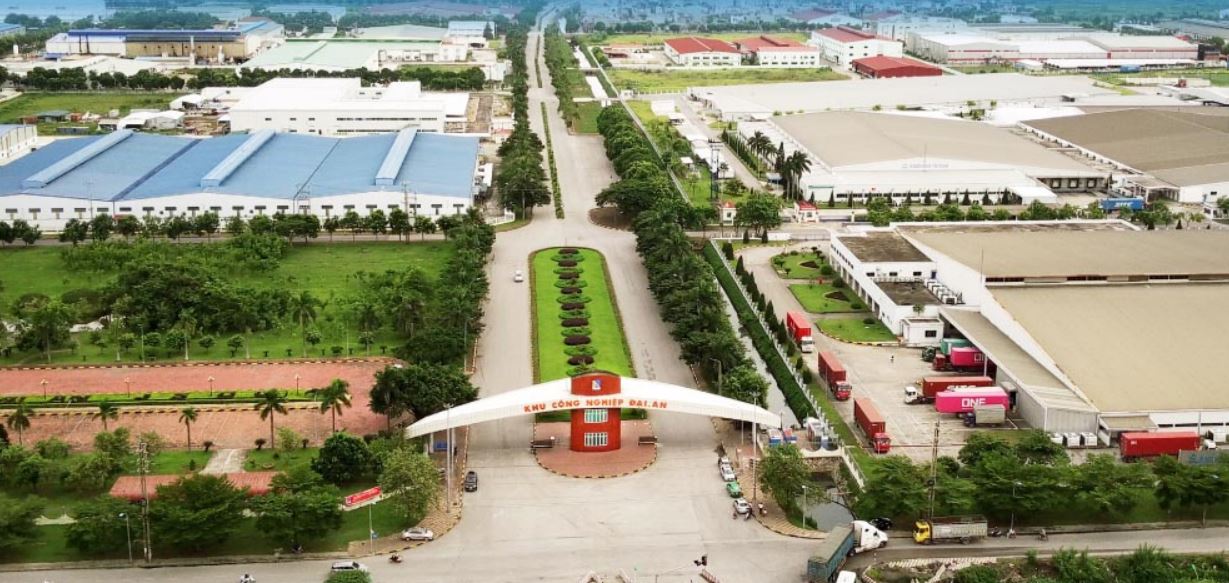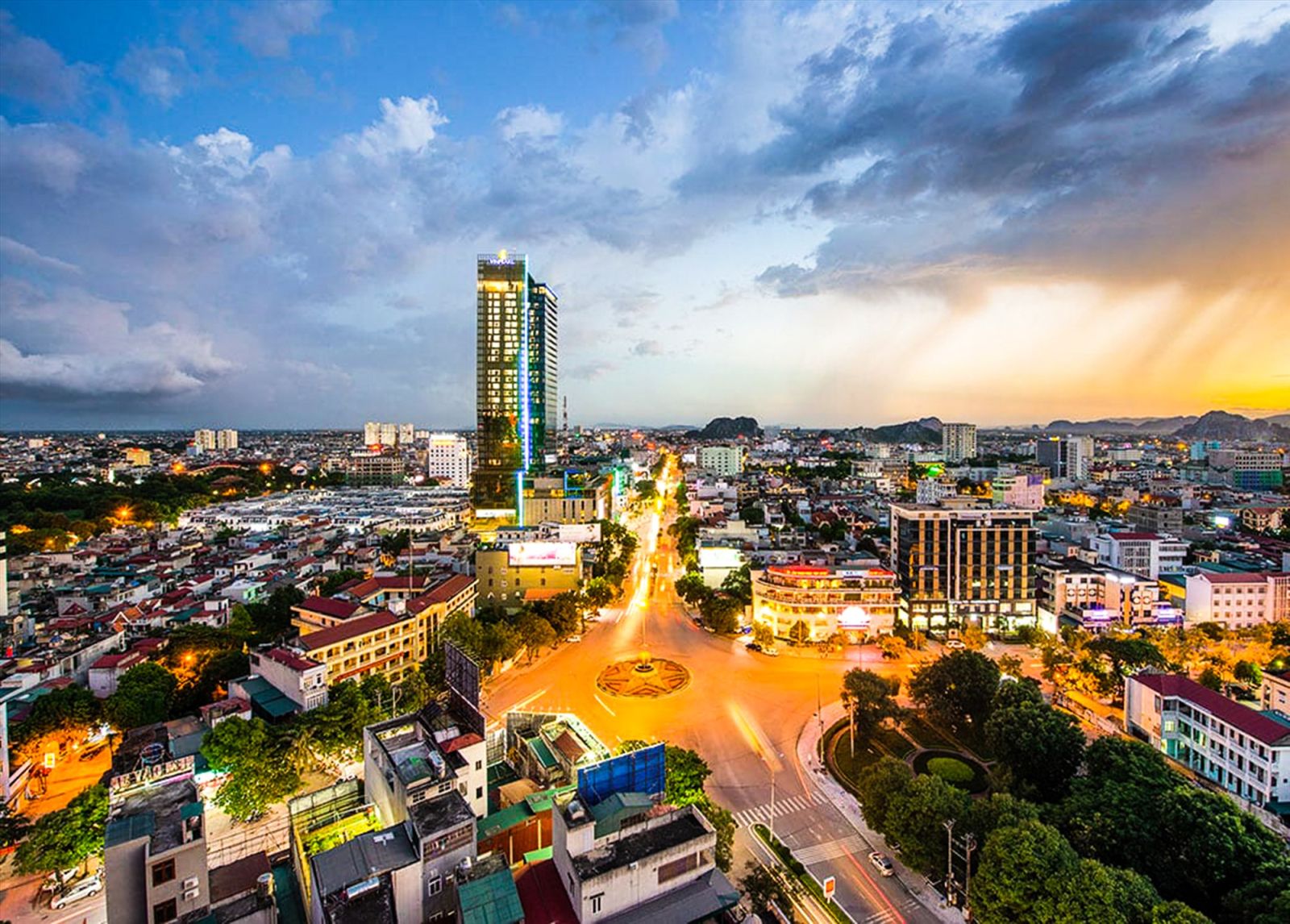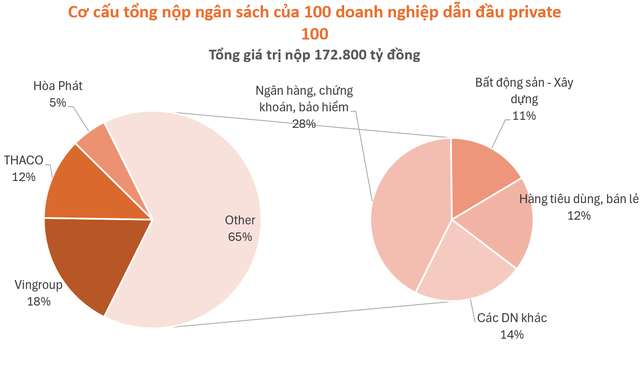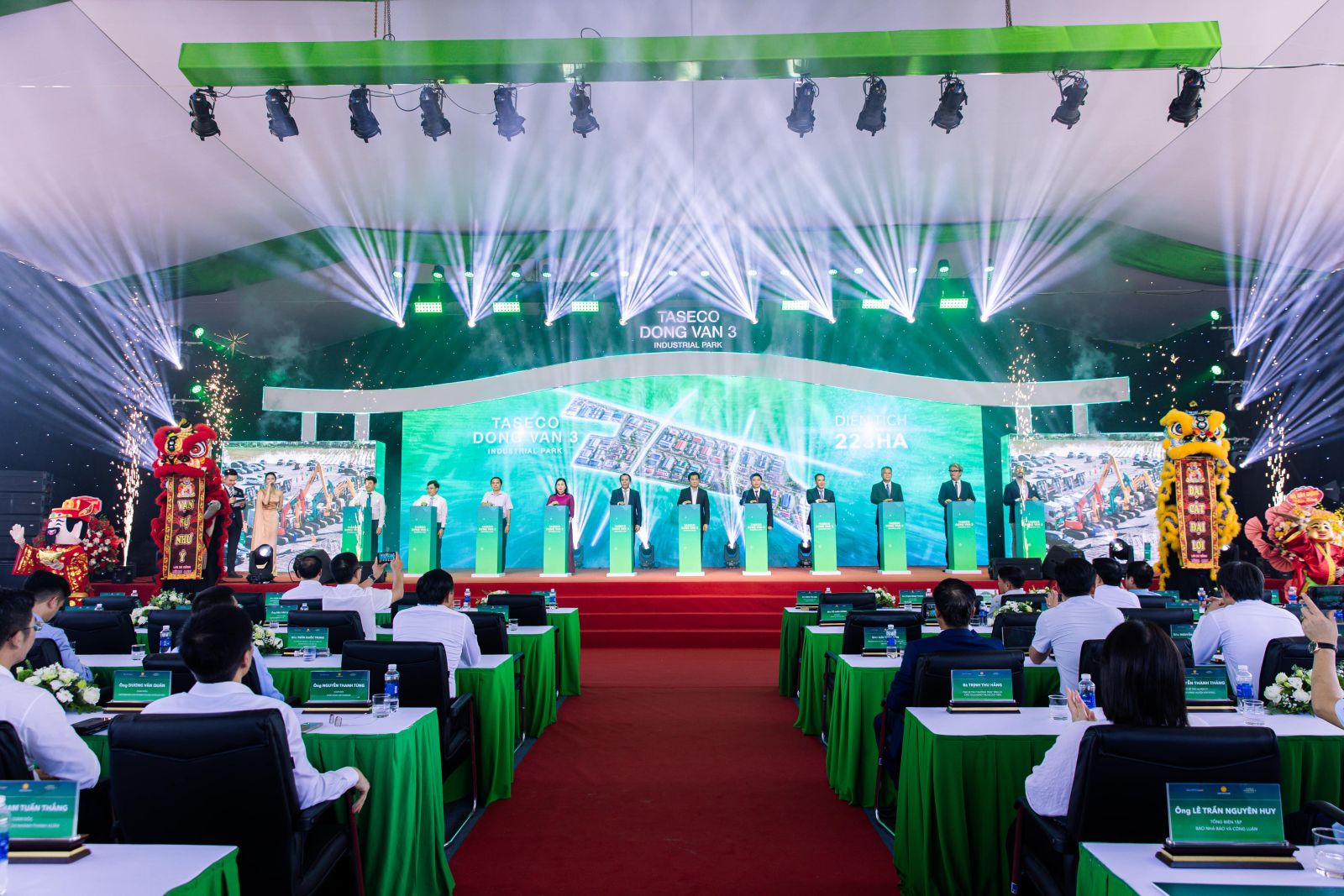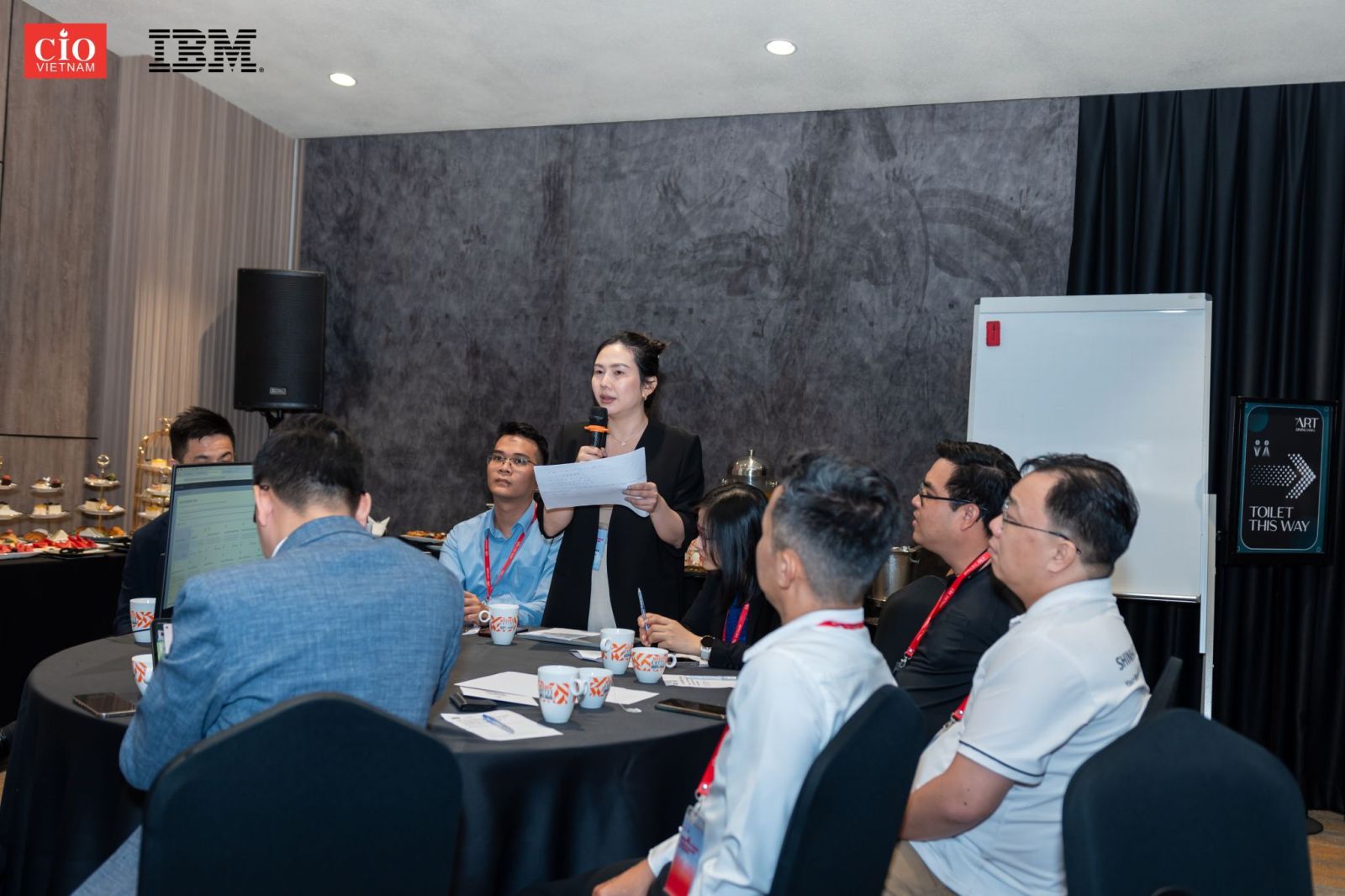The Hòa Bình Hydropower Plant was once the largest hydropower facility in Vietnam and Southeast Asia, holding this title from 1994 until it was surpassed by the Sơn La Hydropower Plant, inaugurated in 2012. Despite this, the Hòa Bình Hydropower Plant remains a monument of immense historical value to the Vietnamese people, playing a pivotal role in the nation's socio-economic development and the process of industrialization and modernization.

On November 6, 1979, the Hòa Bình Hydropower Plant officially broke ground. The fierce Đà River was conquered by the hands and minds of humankind. Countless drops of sweat, physical exertion, and the blood of Vietnamese and Soviet workers were shed, crafting a heroic epic of the 20th century.
Damming and harnessing the Đà River to construct the Hòa Bình Hydropower Plant helped prevent annual floods, mitigating natural disasters for the Northern Delta region and the capital city, Hanoi. It also regulated water supply for agriculture in the Northern Delta and the downstream areas of the Đà River.
Soviet experts, along with tens of thousands of engineers and workers from all corners of the country, experienced unforgettable years marked by determination and a burning desire to achieve the extraordinary by taming the Đà River.
On the largest construction site in Southeast Asia at that time, up to 40,000 workers labored during peak periods. Despite numerous hardships, such as a lack of electricity and water, and the arduous, dangerous work, the youthful zeal of the labor force drove engineers and workers to transform the river into a source of light. They toiled tirelessly through three shifts, working round the clock "for the future electricity of the nation." Labor slogans, now legendary, like "Altitude 81 or death" embodied the urgent, passionate, and resilient spirit of the young generation on the construction site.
According to Labor Hero Thái Phụng Nê, as early as 1940, the French had drilled exploratory wells along the Hòa Bình route and discovered layers of sand and gravel beneath the riverbed, which the technology at that time was incapable of handling. Subsequently, French experts drilled at other locations, including Chợ Bờ and Suối Rút, but encountered the same layers of sand and gravel. Ultimately, the French concluded that the Đà River was “untamable.”

In September 1971, during the first drilling, Vietnamese and Soviet geologists encountered the same layers of sand and gravel. To provide a scientific explanation, extensive drilling and comparative analysis of the construction volumes along various routes were conducted. Selecting the optimal route was an intensely challenging task at the time.
Six routes were proposed: Suối Rút, starting from the foot of the Mộc Châu plateau; Suối Hoa, originating in Thanh Hóa and flowing into the Đà River; Chợ Bờ, also known as Đà Bắc; Hiền Lương; Upper Hòa Bình; and Lower Hòa Bình.
Survey results revealed that all six routes contained the underlying sand and gravel layers, but only Upper Hòa Bình and Lower Hòa Bình proceeded to detailed design. Experts from the Baku Institute of Hydraulic Engineering in Azerbaijan preferred the Upper Hòa Bình route, while those from the Moscow Institute of Hydraulic Engineering advocated for Lower Hòa Bình. A heated debate ensued for several years before the Lower Hòa Bình route was officially selected.
At the 3rd National Congress in 1960, our Party identified two simultaneous strategic tasks for the Vietnamese revolution: liberating the South to reunify the country and building socialism in the North. For the socialist construction in the North, the Party clearly recognized that "Electrification" must precede other initiatives. Leveraging the country's natural conditions and Soviet economic-technical expertise in hydropower construction was deemed the most feasible economic solution. Thus, the Party and the State prioritized thorough investigations, surveys, and technical-economic feasibility studies to lay the groundwork for the project.
The government assigned the Ministry of Water Resources to survey and study the geology of the entire Đà River basin, selecting the first hydraulic project site along the river's section that flows through present-day Hòa Bình city as part of the Đà River hydropower cascade plan.
To actualize this policy, on Vietnam's National Day, September 2, 1971, a Soviet geological drilling machine was installed at drill hole No. 1 in the riverbed at the dam site, marking the beginning of the effort to tame the Đà River. In 1978, the government approved the General Plan for the Đà River, deciding to construct the Lower Hòa Bình route with a 115-meter water elevation as the first stage, approving the technical design for the Hòa Bình Hydropower Plant and selecting the underground power plant. In July 1979, the Soviet-prepared economic-technical feasibility study for the Hòa Bình Hydropower Plant was approved.
At precisely 10:00 AM on November 6, 1979, Comrade Lê Thanh Nghị, Politburo Member and Deputy Prime Minister, initiated the groundbreaking blast for the Hòa Bình Hydropower Plant, a critical event that mobilized the entire nation’s resources towards the project.
During the feasibility study of the Hòa Bình Hydropower Plant, many domestic and international experts questioned: “Why undertake such a financially demanding project when the country is still impoverished?”
The answer lay in its four primary missions: flood control, power generation, irrigation, and ensuring waterway transportation. These objectives significantly contributed to the country's socio-economic development. The determination to build the Hòa Bình Hydropower Plant was a historic decision by our Party and State amid the nation's myriad challenges.
This ambitious plan would have been unattainable without the generous and earnest support of the Soviet Union, which provided essential equipment, dispatched numerous high-level experts, and offered technical guidance and training, thereby establishing Vietnam’s initial human resources for the project. Together with Vietnamese staff and workers, Soviet experts worked shoulder to shoulder, achieving unprecedented progress on the construction site.

From landmark projects like the Hòa Bình Hydropower Plant, Vietnamese engineers and workers have learned and inherited advanced techniques from Soviet experts. It can be said that the Hòa Bình Hydropower Plant is one of the most beautiful symbols of Vietnam-Soviet friendship.
As of December 20, 1994, the Hòa Bình Hydropower Plant was inaugurated. On May 25, 2021, it reached the milestone of producing 250 billion kWh of electricity, making a significant contribution to ensuring the nation's energy security. This production milestone has yet to be surpassed by any other hydropower plant in Vietnam.
According to Phạm Văn Vương, Director of the Hòa Bình Hydropower Company, the Hòa Bình Hydropower Plant is the second largest hydropower project in Vietnam and one of the largest in Southeast Asia. For many consecutive years, it has been the main power source for the national grid, playing a key role in regulating the frequency and voltage of the national power system, and making practical contributions to the socio-economic development and the industrialization and modernization of the country.
The Foreign Investment Agency released data on newly registered, adjusted, and capital contributions or share purchases by foreign investors (FDI) after nine months of 2024.
Friday, 04 Oct, 2024
The investor will officially begin construction of the Deli Hải Dương stationery manufacturing plant, with a total investment of USD 270 million, this weekend on September 28th in Hải Dương. This marks the largest project ever invested in an industrial park in Hải Dương Province to date.
Thursday, 26 Sep, 2024
These industrial infrastructure projects, proposed by both domestic and international investors, are poised to significantly boost the socio-economic development of Thanh Hóa province in the near future.
Wednesday, 21 Aug, 2024
According to the finalized list, the top 100 enterprises in the PRIVATE 100 contributed nearly VND 173 trillion to the state budget in 2023. Among them, more than 30 entities each paid over VND 1 trillion.
Saturday, 17 Aug, 2024
On August 3rd, Taseco Real Estate Investment Corporation, a subsidiary of Taseco Group, held a groundbreaking ceremony for the "Construction and Infrastructure Business of Đồng Văn 3 Support Industrial Park," located east of the Cầu Giẽ - Ninh Bình expressway. The event was attended by Deputy Minister of Construction Nguyễn Tường Văn, Hà Nam's Deputy Secretary Đinh Thị Lụa, Provincial Chairman Trương Quốc Huy, and 500 distinguished guests.
Monday, 05 Aug, 2024
Last week, Hang Dinh - a member of 3C had the incredible opportunity to attend an event hosted by IBM and the CIO Community on the topic of scaling AI in businesses. This event was truly impactful, not just for the practical insights shared but also for the level of engagement and interaction among the speakers and participants.
Monday, 29 Jul, 2024

